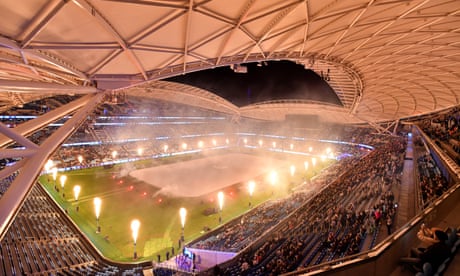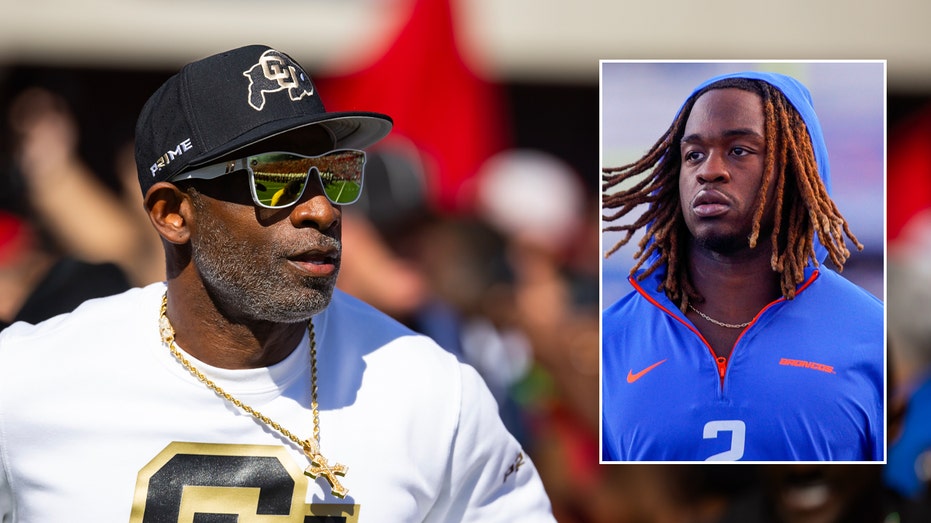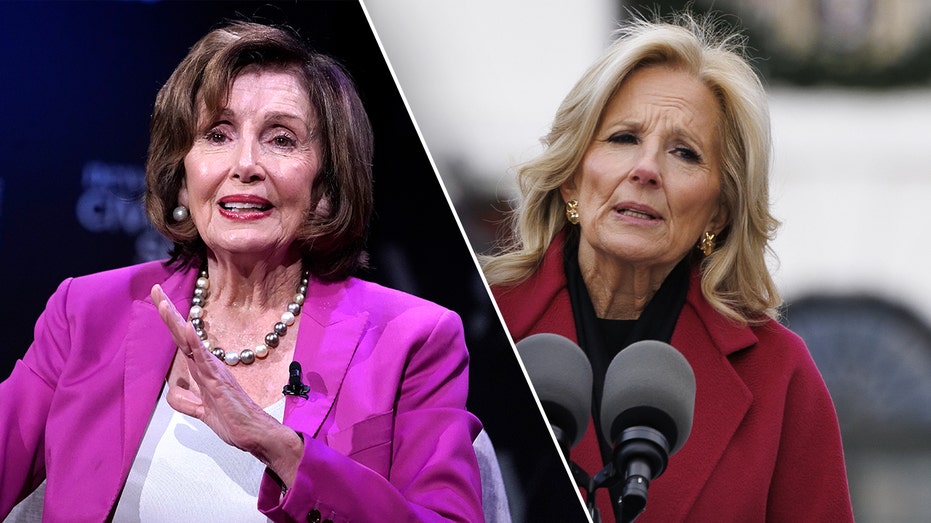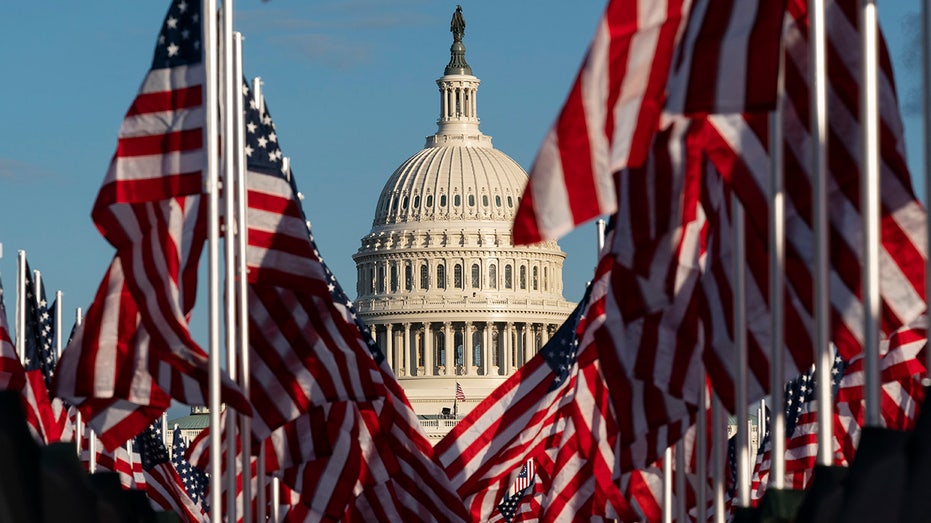- by foxnews
- 20 Jan 2025
Amid the grandstanding, Sydney’s new stadium leaves same issues unresolved
Amid the grandstanding, Sydney’s new stadium leaves same issues unresolved
- by theguardian
- 30 Aug 2022
- in news

Walking into Sydney's new Allianz Stadium feels a bit like walking into an old house with new fixtures. Everything is a bit brighter and works a little better - the couch somehow feels closer to the TV and that pesky leak in the roof has stopped - but the foundations are much the same.
That isn't all that surprising given the architectural firm that designed the old 42,500-capacity venue is the same firm that designed the new 42,500-capacity venue. But it does prompt a query: if a stadium is demolished and rebuilt to look strikingly similar, was it rebuilt at all? If the New South Wales government had not spent $828m on it, could we say it had really happened?
At Sunday's official opening the premier, Dominic Perrottet, called the political pawn that is the new Allianz "a world-class stadium for our world-class people". It is almost impossible to argue the new structure does not feature some world-class elements. The roof is superb and, for any past patron who ever braved the rain to get to the old Allianz only to spend another 80 to 90 minutes sitting under the downpour, undoubtedly necessary.
The steep seating angles, set on the same gradient as those at CommBank Stadium, bring supporters demonstrably closer to the pitch than the old bays, which tended to flatten the atmosphere. The design of the seats themselves, by the renowned Indigenous artist Tony Albert, is genuinely diverting.
Also addressed are the safety and accessibility concerns that informed Gladys Berejiklian's decision as premier in 2017 to fund the replacement stadium, with a sizeable increase in the number of female toilets and wheelchair and companion-accessible seats.
In all, the changes breathe new life into a space previously occupied by an outdated building on the fast track to becoming a municipal burden. And yet, one wonders if this could all have been achieved while leaving the foundations in place, rather than bulldozing the entire thing. A 2016 report prepared for the SCG Trust suggested an $18m upgrade would have fixed the "current non-compliance". Even adding a new roof, better seating and fresh amenities would have been substantially cheaper than the final price tag.
The politics around the Sydney stadium wars are about as tired as the old Allianz, and will continue long after it hosts its first major sporting event on Friday night, when the Sydney Roosters host NRL arch-rivals South Sydney. But the broader questions about Sydney's sporting infrastructure and how it could best be utilised remain unresolved.
Souths, for instance, have been vocal about their desire to move back to Allianz and end their deal at Sydney Olympic Park's Accor Stadium, for which the state government controversially abandoned its also controversial refurbishment plans. The Roosters - Allianz's main tenants alongside Sydney FC and the Waratahs - are ruffling their feathers over the very thought of sharing their home ground with the tribal enemy.
Accor Stadium, for its part, is only 23 years old but very rarely draws a capacity 83,500 crowd, even on State of Origin night. With the final of the women's football World Cup to be staged there and the interstate bidding war on for the right to host the finals of the rugby World Cup for men (2027) and women (2029), Perrottet has left open the possibility of giving it a new roof.
However the NRL, which exerts a soft power over the NSW government no other code appears able to match, this year casually threatened to move its grand final to Brisbane if the government did not spend $800m on suburban grounds such as Brookvale Oval, Leichhardt Oval and Shark Park. After months of negotiations, this year's decider will be played at Accor, but the ARL Commission chairman, Peter V'landys, has foreshadowed a Super Bowl-style, to-the-highest-bidder concept in years to come.
Perrottet did decide to proceed with the $300m rebuild of Penrith Stadium, despite dumping the other suburban stadium projects for budget reasons. A-League and rugby clubs, meanwhile, are dragged along for the ride, hoping to get lucky by default.
Forgotten amid the endless grandstanding appears to be a recognition that Sydney's sporting landscape is unique among state capitals, both in geography and in clientele. Where AFL-dominant Melbourne manages just fine with Marvel Stadium, the MCG and AAMI Park - all in the centre of town - Sydney's lop-sided east-west split and sprawling suburbia renders it difficult to make any two or three stadiums a catch-all. Someone always misses out.
And anyway, building world-class rectangular stadiums in Sydney does not mean its couch-friendly people will fill them. The five-day Allianz opening festival which, along with the Roosters v Rabbitohs, includes Saturday's Wallabies v South Africa Test and next Tuesday's Matildas v Canada friendly, will bring big figures through the turnstiles. But after the fanfare of the first few weeks subsides, there is no guarantee that spectators will attend in higher numbers than they did before Covid-19.
Allianz Stadium 2.0 looks great, and tourists attending matches at next year's women's World Cup might like it, but it does not come anywhere close to solving Sydney's stadium problem.
- by foxnews
- descember 09, 2016
Travel tips for attending Trump's inauguration in DC: expert weighs in
Washington, D.C., has been gearing up for travelers ahead of Inauguration Day on Jan. 20, bringing Americans to the nation's capital as President-elect Trump returns to the White House.
read more


